Disclosure: We may get commissions for purchases made through links in this post.
No one wants to have a slippery corridor, especially if we talk about one in our home. Do you think exposed aggregate can give us a non-slippery walkway? Very well, we suggest you sit, read, and enjoy since we have screened through the data on the internet and assessed all the information about exposed aggregate.
Most homeowners use exposed aggregate since it is the most recommended to use. It is non-skid and slip-resistant which are really excellent factors especially if you have kids, elders, or pets residing with you.
We want to share more facts about an exposed aggregate with you. We suggest that you spare some time to read to gather some information that can help you in the future.
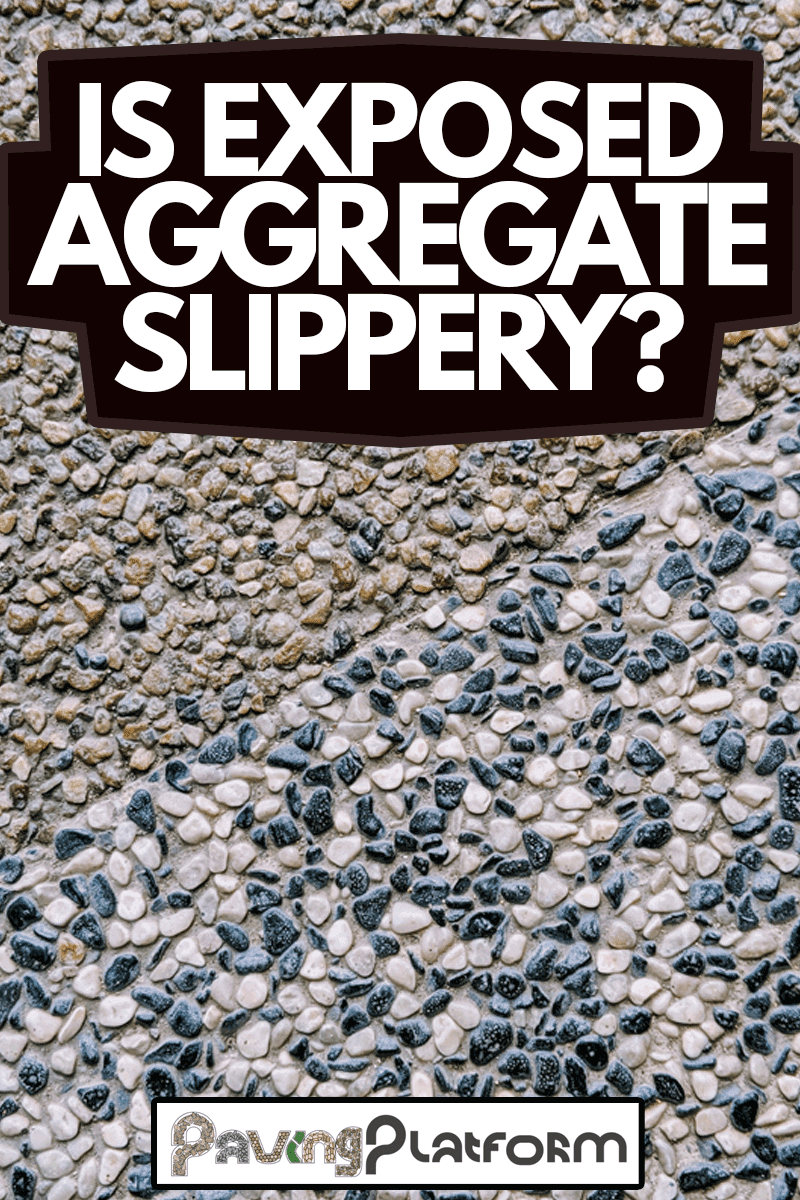
Why Should We Use Exposed Aggregate?
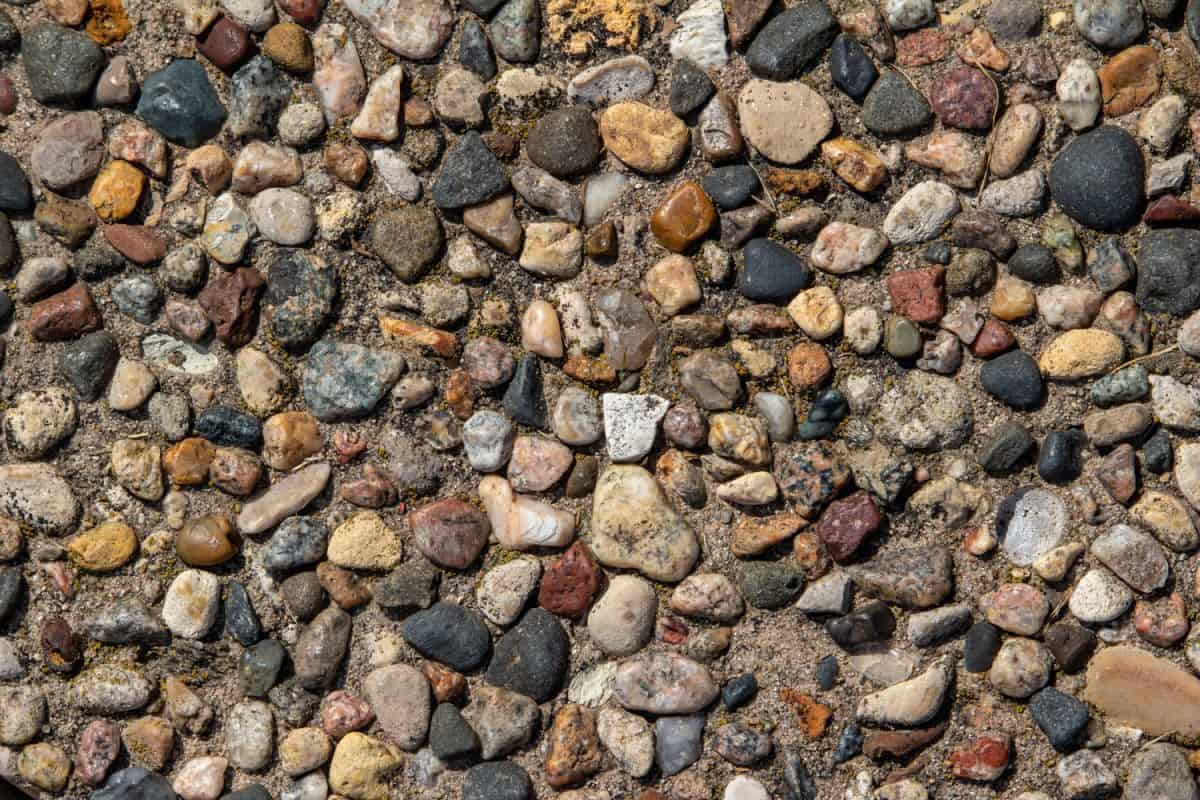
Aside from it being slip-resistant, it is also superb since it is resilient to heavy items and can enhance the look of whatever surfaces you put it on. You can use exposed aggregate for flat works, such as:
- Driveways
- Patio
- Pool deck
- Pillars
- Steps
- Walkways
- Plazas
It is also possible to install exposed aggregate on tilt-up panels or concrete walls. The vertical approach involves:
- Facades of an architectural building
- Sound barrier walls
- Decorative retaining wall
Exposed aggregate looks like this:
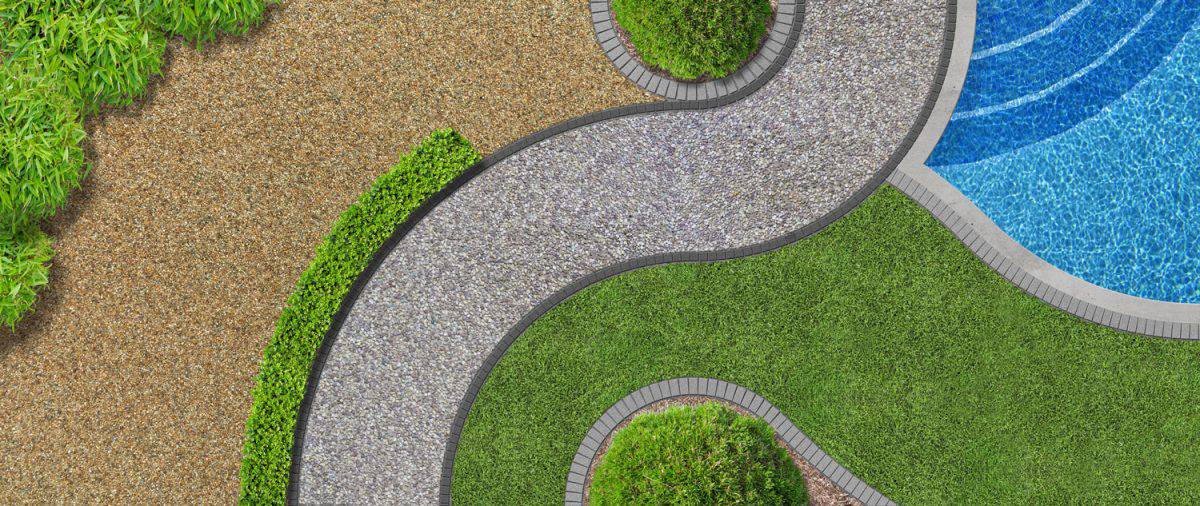
If you reside in an area where extreme weather exists, it is the best course you might want to use. It can withstand the ever-changing weather. Unlike other materials used for surfaces, exposed aggregate can stay just fine in high or low temperatures.
And if you want to save money for maintenance, exposed aggregate is the best choice! Other than cleaning and sealing this occasionally, you do not need to do any more labor just to keep it well built.
It is an agreeable decision if you are to put the exposed aggregate in areas where it can easily become wet and slippery. Apart from its offer to save us money, it also extends to give us an appealing surface look. Who wouldn't want this kind of option, right?
Advantages Of Exposed Aggregate
Here are the reasons why you might want to go for exposed aggregate for your next project.
1. Exceptionally Stylish
You may now bid farewell to the idea that concrete is boring and just plain gray. Using exposed aggregate as your surface option, you can have countless choices of designs, colors, and textures. You can even modify the design patterns. In other words, everything about planning the stylishness will depend upon your liking and specifications.
2. Easy To Maintain
Exposed aggregate will not be in need of a lot of maintenance. As a matter of fact, you can ignore it for a year and it will still function well, its efficiency will always be there. Even so, you still need to do some proper care and cleaning so that it will not develop cracks.
Resolving problems about exposed aggregate is mostly easy. If the warranty is still up, you may try to contact the contractor to solve whatever the problem is.
3. Reliably Durable
Sure, every other material has different kinds of durability. But we must say that exposed aggregate's durability is unparalleled. It can last several years with just a little maintenance or even with no maintenance at all. Exposed aggregate is truly worth every penny.
4. Money-wise
Since exposed aggregate demands only low maintenance, you don't need to pay for a professional service. Not unless there is a problem that only a professional can fix.
Disadvantages Of Exposed Aggregate
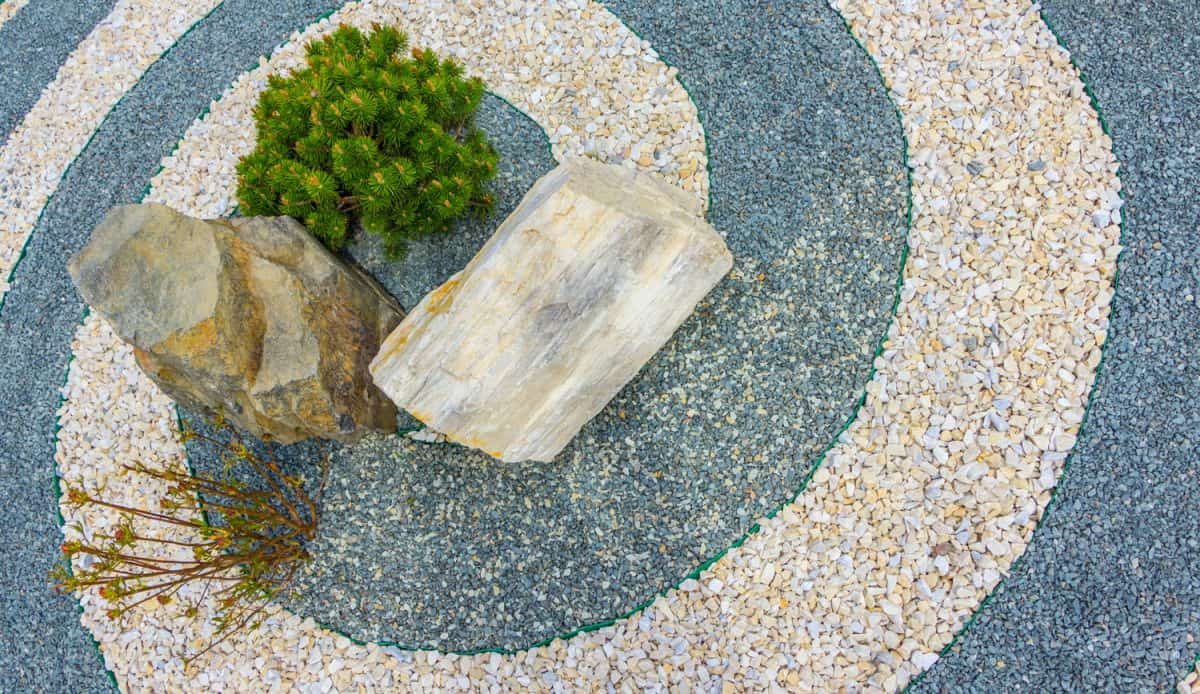
For fair information, we also included the negative sides of having exposed aggregate because our main goal is to provide you the exact details about it.
1. Professional Installation
You cannot do the installation of exposed aggregate. You should not try to do it yourself unless you have done some concrete projects before. Don't risk your money and the beautification of your home if you are inexperienced, always call for a professional.
2. Low-Quality Materials Can Be Prone To Damage
When you are planning to have any concreting project specifically exposed aggregate, always try to purchase materials that are excellent in quality. They have a much lower chance of getting torn down by vehicles or by people that always walk on them.
Factors To Consider When Selecting Aggregate Materials
Below are the components that you should think about before choosing decorative aggregate, such as:
- Color
- Shape
- Method of exposure
- Hardness
- Scale and size
- Durability
- Cost and availability
Steps To Install Exposed Aggregate
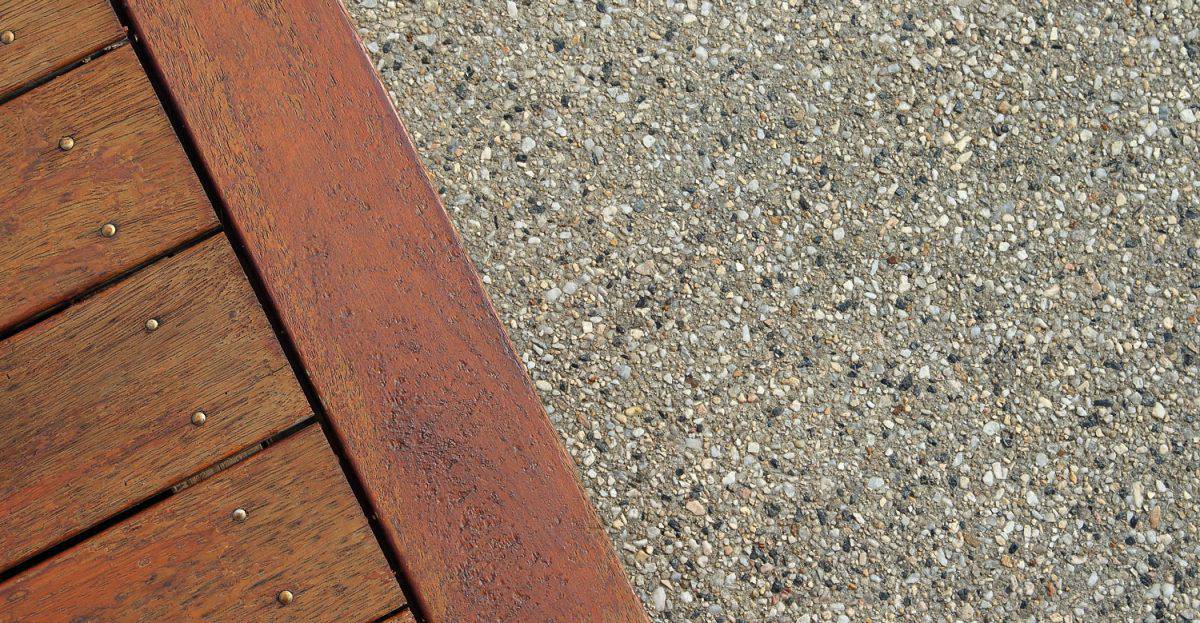
We know you wish to know how contractors install exposed aggregate. Also, these procedures might help you in the future when you plan to have exposed aggregate projects.
Stage 1: Foundation
Firstly, the site will be graded and dug up and the excess soil will be removed. Secondly, the area to be concreted will surround by timber formwork. And then, reinforcing of the steel mesh in the area is the last thing to do in this procedure.
Stage 2: Concrete Installation
The concrete will now be wheelbarrowed and moved into place to be laid and spread out using a piece of equipment called a screed. The excess concrete may be left on site but will need to be removed before the sealing process starts.
Stage 3: Exposing of Aggregate
After installing the concrete, it is now time to leave it to cure for 24-48 hours. Some factors affect the curing time, such as:
- Temperature: The moisture in the concrete will evaporate faster if it is hot and that means curing will be just quick. You can even buy a concrete cover if you want to make the temperature of the concrete hotter. The cover is exceptionally useful especially when the weather is cold.
- Moisture: The less water is present, the faster the concrete will cure.
- Mix Design: Accelerant can be of great help if you want to cure the concrete faster than on average. Adding it to the mix will speed up the setting time.
Following the process, it will now be ready for washing by a high-pressure cleaner to expose the aggregate. You will notice that the surroundings will become dirty and untidy because of the residue it will leave.
Stage 4: Preparing and Cutting of Expansion Joints
The expansion joints are going to be cut after doing the third step or can extend up to five days following the filling of concrete. But this process may depend upon the mix you have chosen and the weather conditions.
The cuts of the expansion joints are going to be placed in the areas that are likely to have cracks. Minor cracks can actually happen in the process of cutting since it is already in their nature.
When done, it is about time to do a final acid wash and high-pressure cleaning of both the surrounding areas and the concrete itself. This will be the preparation of the exposed aggregate so the sealing can start. Keep in mind that at this rate, you still should not be walking into the area.
Stage 5: Sealing
This is the final touch of having a decorative exposed aggregate. Sealing is the process of enhancing the color and shine of the concrete. It will result in a glossy and appealing exposed aggregate but the main reason for doing it is to protect the concrete from stains coming from dust, grime, and oil. This is strictly done only when the cutting and cleaning have been dried thoroughly.
Check this Solvent Based Concrete Sealer and Paver Sealer on Amazon!
Recap
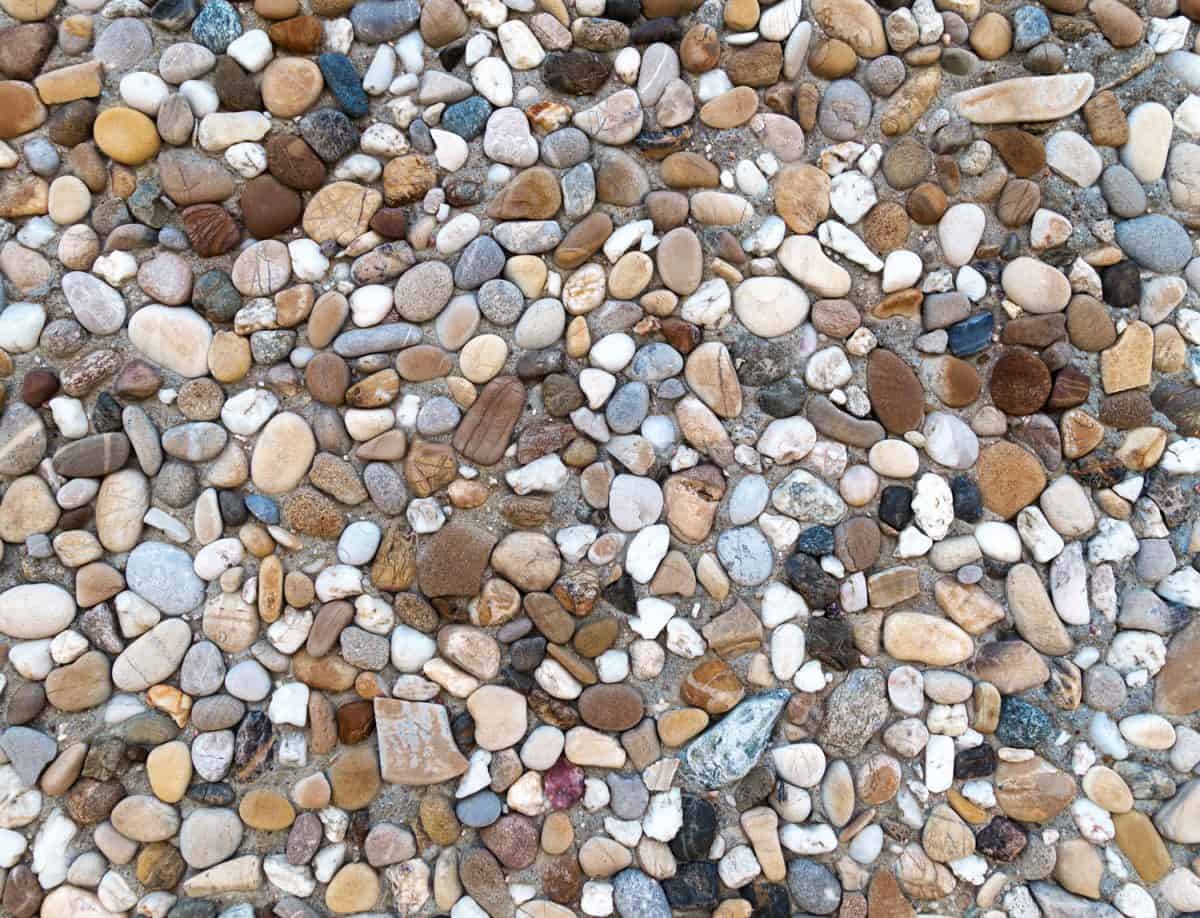
Using exposed aggregate for your home or anywhere you want to use it is an excellent idea. Aside from easily achieving a picturesque area at a reasonable price, this being weather and slip-resistant will be worth every penny. But always acknowledge purchasing high-quality materials to bring forth the best result.
Enjoying the article? You might want to keep an eye on our future posts since we are still in deep dive for answers.


![Vibrant Red Paver Stone Path, Can You Spray Paver Sealer? [How To Apply It]](https://pavingplatform.com/wp-content/uploads/2022/04/Vibrant-Red-Paver-Stone-Path-600x400.jpg)
![Properly laid out red pavers for a garden, Can You Tint Paver Sealer? [And How To]](https://pavingplatform.com/wp-content/uploads/2022/04/Properly-laid-out-red-pavers-for-a-garden-600x400.jpg)
